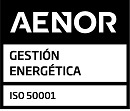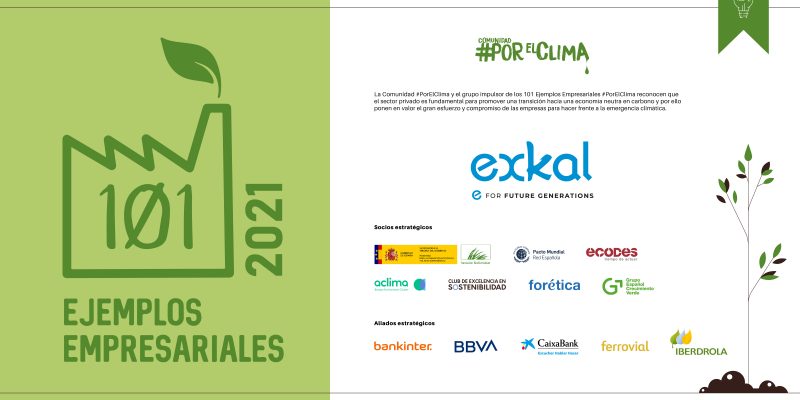It is a satisfaction for Ekxal to have recently obtained the ISO 50001 Energy Management certification and to continue reinforcing our commitment to the environment and sustainability.
 ISO 50001 is the most widely used enterprise energy management standard in the world. The certification of an Energy Management System according to ISO 50001 helps organizations to implement an energy policy and to adequately manage the energy aspects derived from their activity, such as services, facilities, products, etc., which translates in real and quantifiable savings in energy costs in organizations.
ISO 50001 is the most widely used enterprise energy management standard in the world. The certification of an Energy Management System according to ISO 50001 helps organizations to implement an energy policy and to adequately manage the energy aspects derived from their activity, such as services, facilities, products, etc., which translates in real and quantifiable savings in energy costs in organizations.
ISO 50001 provides the necessary tools to identify the activities that consume the most energy and that represent “energy and economic leakage”. Once identified, organizations activate a plan of measures to minimize the energy consumption of their own facilities and systems in an integrated manner, while maximizing their energy efficiency. This contributes to an efficient and more sustainable use of energy, and gives maximum confidence in the ISO 50001 management system.







